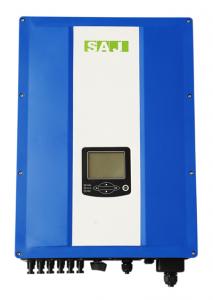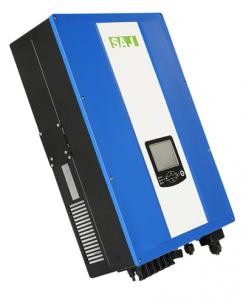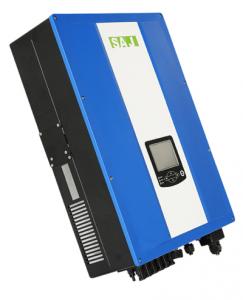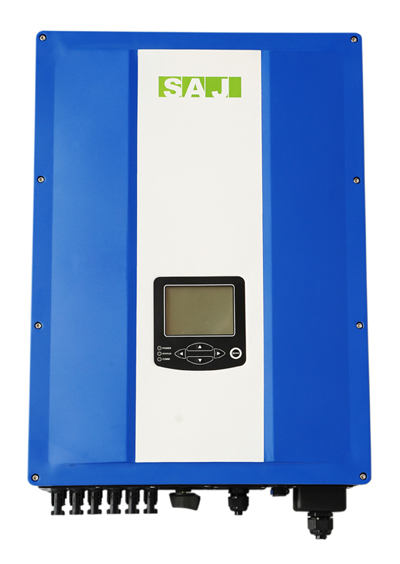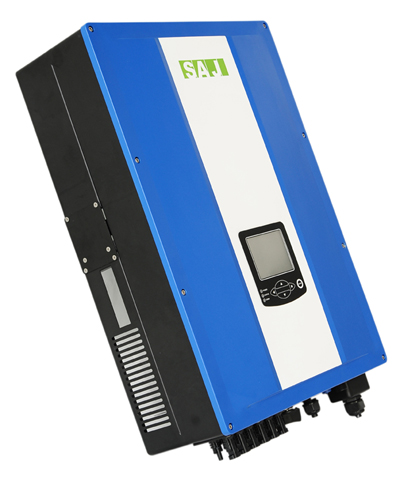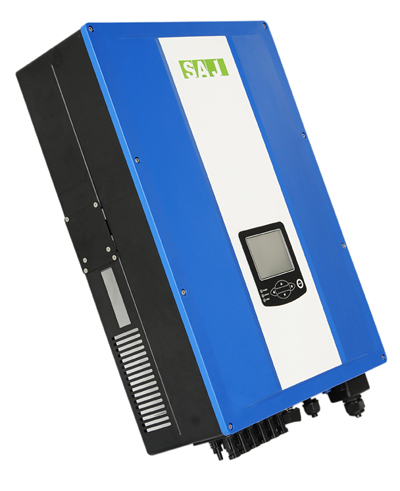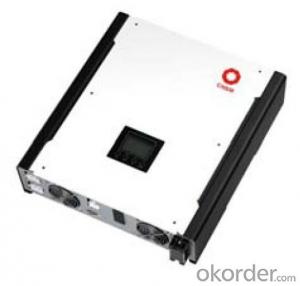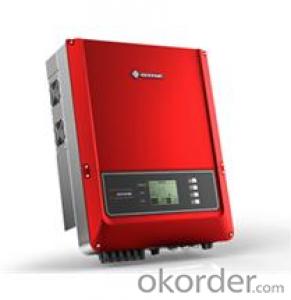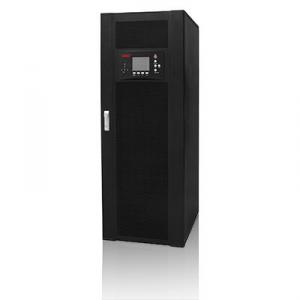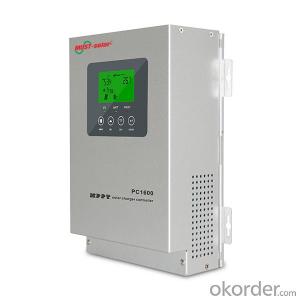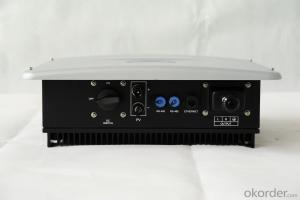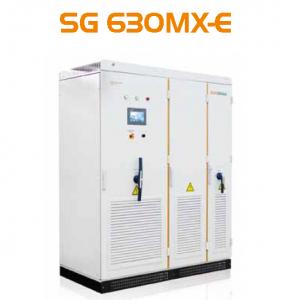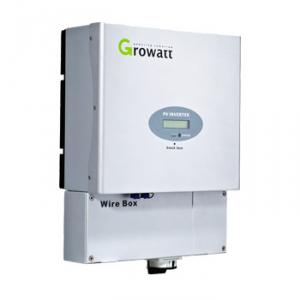Renogy Solar Inverter On Grid Suntrio-TL12K with 2 MPPT
- Loading Port:
- Guangzhou
- Payment Terms:
- TT OR LC
- Min Order Qty:
- 1 watt
- Supply Capability:
- 3000 watt/month
OKorder Service Pledge
OKorder Financial Service
You Might Also Like
Suntrio-TL12K/15K/17K/20K PV inverters are transformerless inverters with efficiency of up to 98.1%. Multi-MPPT inputs provides higher flexibility for the project installation. Stainless steel housing and IP65 protection guarantee use both indoor and outdoor for long. The series inverters are ideally suited for medium and commercial PV projects of up to MW range.
1. Leading technology
· Max. efficiency 98.1%
• MPPT accuracy up to 99.9% efficiency
• Compliant with VDE-AR-N 4105
2. User-friendly
• 5 inch LCD display with comprehensive information
• Embedded webserver monitoring
• Easy installation
3. Flexible
• Multi-country configuration
• RS485 / Ethernet / Wi-Fi communication
• Wide range of DC input voltage
• IP65 for indoor and outdoor
4. Certificates: TUV,SAA,G83,ISO9001,ISO14001,etc.
Futures
■ Two independent MPPT for flexible configuration.
■ Space Vector PWM to maximize efficiency and minimize EMI.
■ Highest MPPT performance, up to 99.9% efficiency.
■ Transformerless design with 98.1% Max. efficiency.
■ Ethernet/ Wi-Fi communication interface.
■ Integrated Web Server for overall performance monitoring.
■ Compliance with VDE-AR-N 4105 with reactive power control.
■ 5-inch large LCD display.
■ LCD day/month/year/total yield graphs display.
■ Event history lookup
■ Easy operation with 5 navigation buttons.
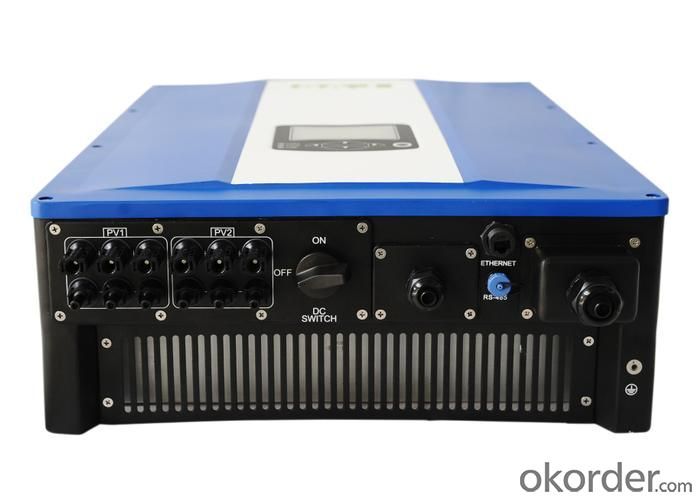
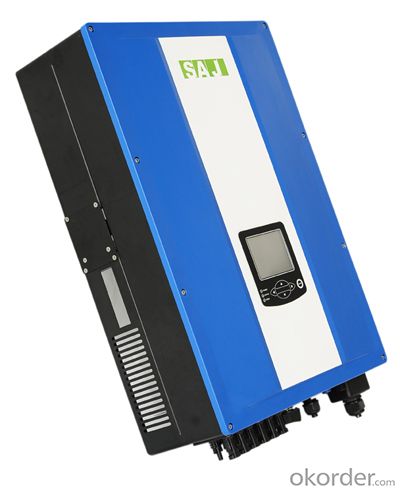
FAQ
1. How can I get after sale service?
We have established after sale service center in Europe, North America, south East Asia, etc. you can email us or call the hot line.
2. Do you have shipping insurance for our goods?
We will buy shipping insurance according to customers’ demand.
3. Do you accept OEM or customized design?
OEM & ODM, any your customized lightings we can help you to design and put into product.
4. What if I need specific design?
Distributorship are offered for your unique design and some our current models.
- Q: Can a solar inverter be connected to a battery storage system?
- Yes, a solar inverter can be connected to a battery storage system. This allows excess solar energy generated during the day to be stored in the batteries and used later when there is no sunlight, providing a reliable source of power.
- Q: Can a solar inverter be used in a solar-powered air conditioning system?
- Yes, a solar inverter can be used in a solar-powered air conditioning system. The solar inverter is responsible for converting the DC power generated by solar panels into usable AC power for appliances, including air conditioners. By utilizing a solar inverter, the solar-powered air conditioning system can effectively harness solar energy to cool spaces while minimizing reliance on traditional energy sources.
- Q: What are the potential risks of overvoltage in a solar inverter?
- The potential risks of overvoltage in a solar inverter include damage to the inverter itself, as well as other connected electrical equipment. It can lead to overheating, arcing, and even electrical fires. Additionally, overvoltage can cause a significant decrease in the lifespan and efficiency of solar panels, reducing their overall performance. It is crucial to have proper protective measures in place, such as surge protectors and voltage regulators, to mitigate these risks.
- Q: What are the safety certifications for a solar inverter?
- Some common safety certifications for solar inverters include UL 1741, IEC 62109, and CSA C22.2 No. 107.1. These certifications ensure that the inverters meet certain safety standards and are suitable for use in solar power systems.
- Q: Can a solar inverter be used in systems with multiple inverters?
- Yes, a solar inverter can be used in systems with multiple inverters. In fact, in large-scale solar installations, multiple inverters are often used to handle the increased power output. These inverters are connected in parallel or series to ensure efficient and reliable operation of the entire system.
- Q: What is the maximum power capacity of a solar inverter?
- The maximum power capacity of a solar inverter can vary depending on its specific model and design. However, typical residential solar inverters have a power capacity range of 1-10 kilowatts (kW), while commercial and industrial inverters can range from 10 kW to several megawatts (MW).
- Q: Can a solar inverter be installed indoors or outdoors?
- A solar inverter can be installed both indoors and outdoors, depending on the specific requirements and preferences of the installation. However, it is essential to consider factors such as available space, ventilation, temperature regulation, and protection from environmental elements when deciding on the installation location.
- Q: What is the lifespan of a solar inverter?
- The lifespan of a solar inverter typically ranges from 10 to 20 years, depending on various factors such as the quality of the inverter, usage patterns, maintenance, and environmental conditions.
- Q: Can a solar inverter be used in remote areas?
- Yes, a solar inverter can be used in remote areas. Solar inverters are commonly used in off-grid systems to convert the DC power generated by solar panels into AC power that can be used for various applications. These systems are particularly beneficial in remote areas where access to the electricity grid is limited or non-existent. By harnessing solar energy, a solar inverter can provide reliable and sustainable power to remote communities, powering homes, schools, clinics, and other essential infrastructure.
- Q: How do you maintain a solar inverter?
- To maintain a solar inverter, regular cleaning of dust and debris is essential to ensure efficient operation. Additionally, monitoring the inverter's performance and checking for any abnormal readings or error messages is important. It is also recommended to inspect the wiring connections for any loose or damaged parts and to keep the inverter's ventilation system clear from obstructions. Regular servicing by a professional technician is recommended to identify and address any potential issues before they become major problems.
Send your message to us
Renogy Solar Inverter On Grid Suntrio-TL12K with 2 MPPT
- Loading Port:
- Guangzhou
- Payment Terms:
- TT OR LC
- Min Order Qty:
- 1 watt
- Supply Capability:
- 3000 watt/month
OKorder Service Pledge
OKorder Financial Service
Similar products
Hot products
Hot Searches
Related keywords
